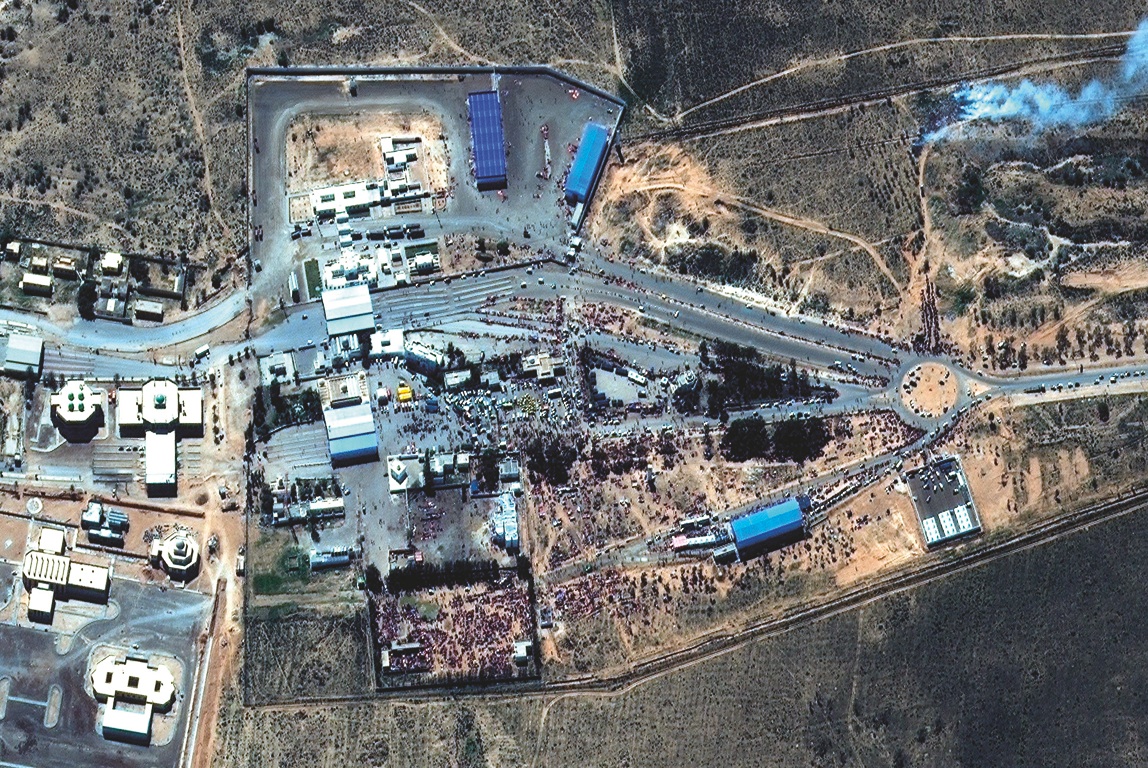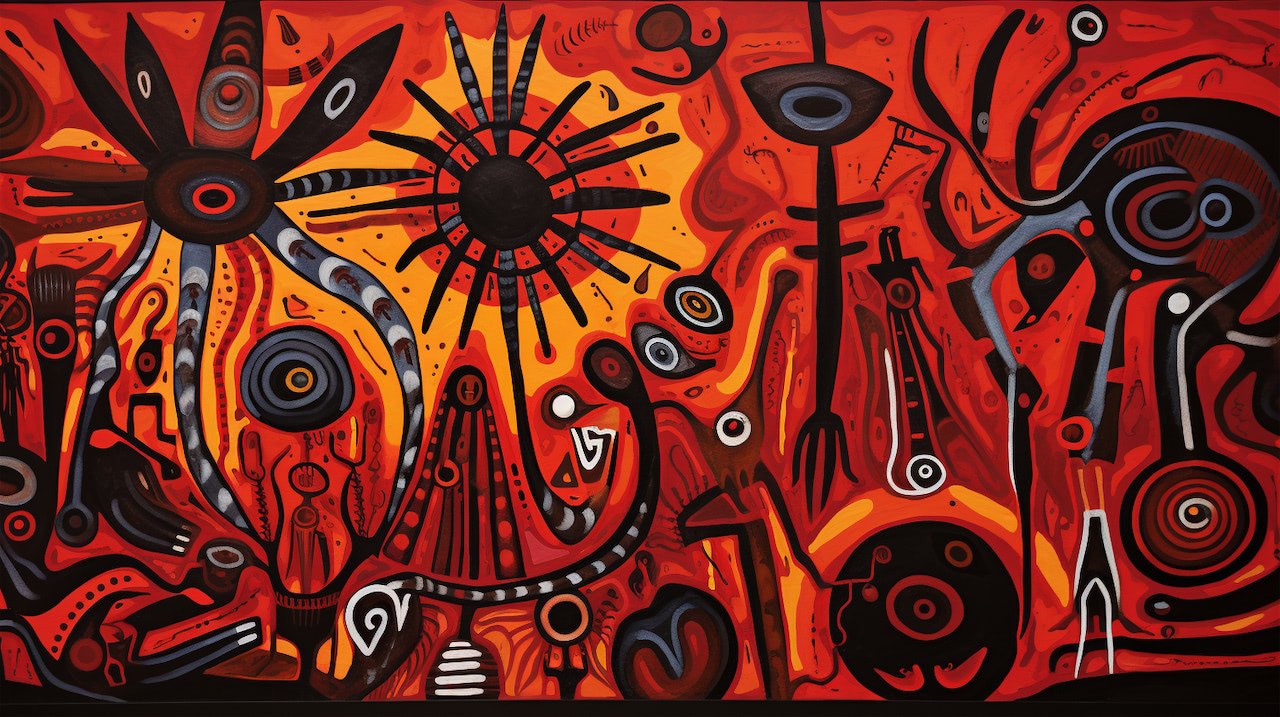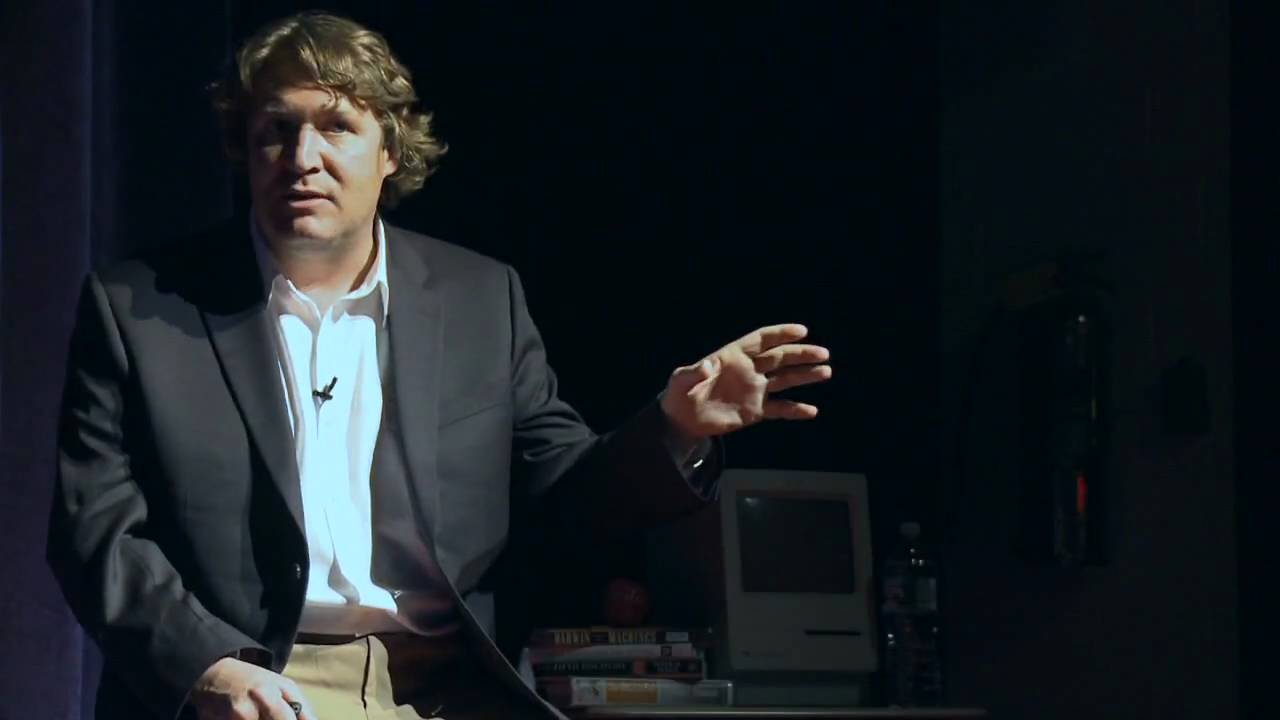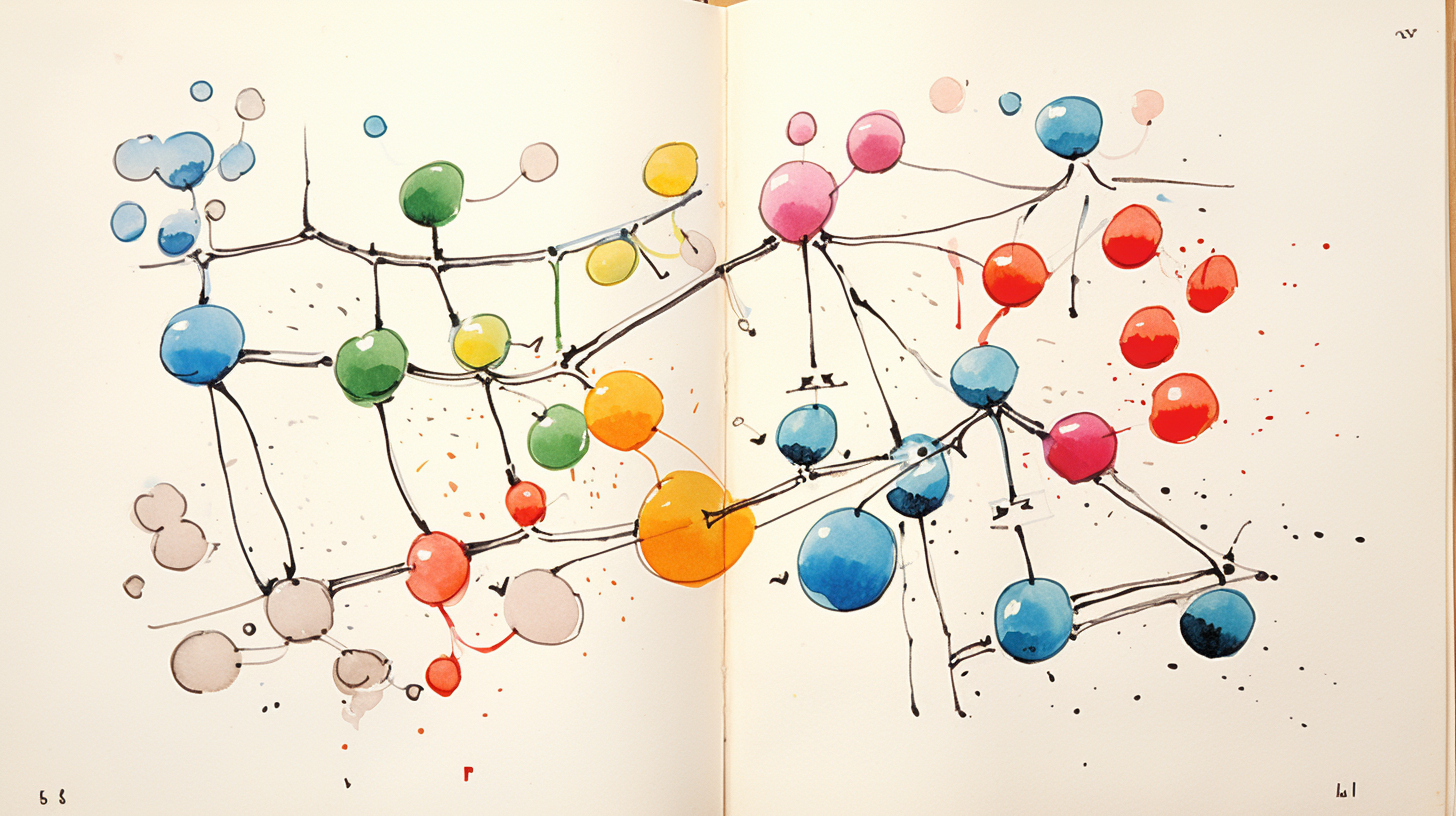Part 1: Like clockwork | Part 2: Going Live 10:45 – The distribution of relief items starts At the far end of the camp, four volunteers led by Arturo, a logistics specialist from the French Red Cross, get basic relief items ready for distribution. The items are NFIs, as we call them, or non-food items. 11:00 – A clean bill of health for the camp’s youngest baby Omar is just 20 days old.
Part 1: Like clockwork | Part 2: Going Live 06:00 – Base camp wakes up Base camp wakes up. A cool breeze has risen along with the bright sun, whipping up sand and dust. The first crews of volunteers move out to the transit camp at Ras Jedir. Some of the volunteers, like 32-year-old Moaz, have spent the last four weeks installing tents that are now ready to provide shelter. “We learnt on the job,” he explains.

ZERZES, 4 April 2011 — “We stopped everything we were doing”, exclaims Mahfoud Bessah, the 39-year-old community-based programme coordinator at IFRC’s regional delegation in Tunis. On 21 February, he headed over to the eastern border immediately upon hearing the first reports of people crossing over. The Tunisian Red Crescent and UNHCR were already discussing how to respond.

In this session, Reda Sadki, will examine his own organisation’s non-profit publishing activities. With 750 publications given away each year in print and on the web, he has initiated an effort to rewire a traditional publishing workflow into a digital one, including the use of XML for layout automation, print-on-demand (POD) and e-books.

Donella H. Meadows wrote the following simple, eloquent description of a system: “A system isn’t just any old collection of things. A system must consist of three kinds of things: elements, interconnections, and a function or purpose. A system is an interconnected set of elements that is coherently organized in a way that achieves something. The behavior of a system cannot be known just by knowing the elements of which the system is made.

Click on the audio player’s right arrow to listen to the radio show. Arab and African families were hit hard by the AIDS epidemic in France. They were amongst the first to be diagnosed in the early 1980s. The conjunction of poverty and racism then resulted in thousands of infections that were preventable and deaths that – once combination therapy became available in mid-1990s – were avoidable.

My own practice (and no doubt yours) has been shaped by many different learning theorists. George Siemens, for me, stands out articulating what I felt but did not know how to express about the changing nature of knowledge in the Digital Age.

Understanding the problem First. You have to understand the problem. What is the unknown? What are the data? What is the condition? Is it possible to satisfy the condition? Is the condition sufficient to determine the unknown? Or is it insufficient? Or redundant? Or contradictory? Draw a figure. Introduce suitable notation. Separate the various parts of the condition. Can you write them down? Devising a plan Second.